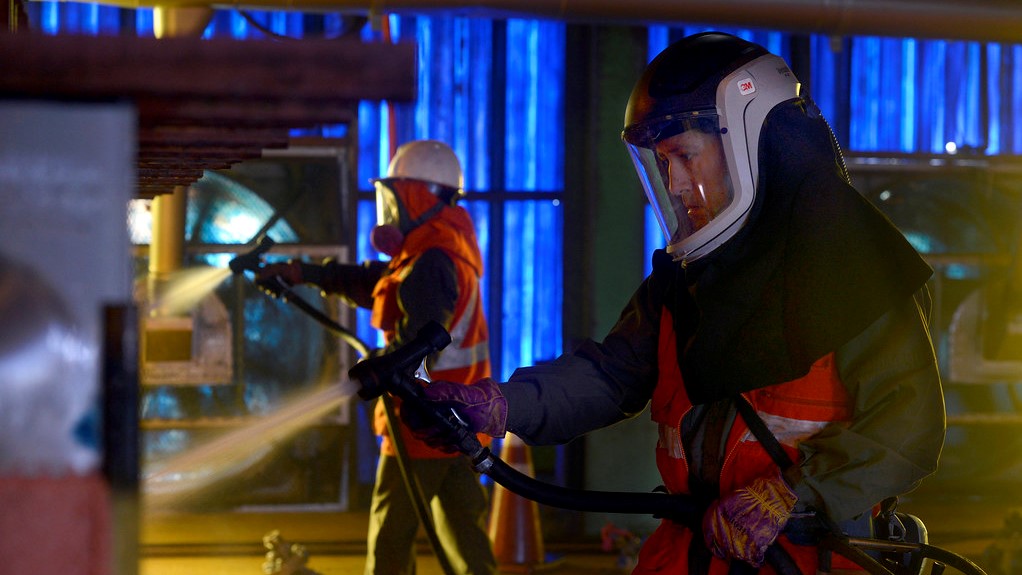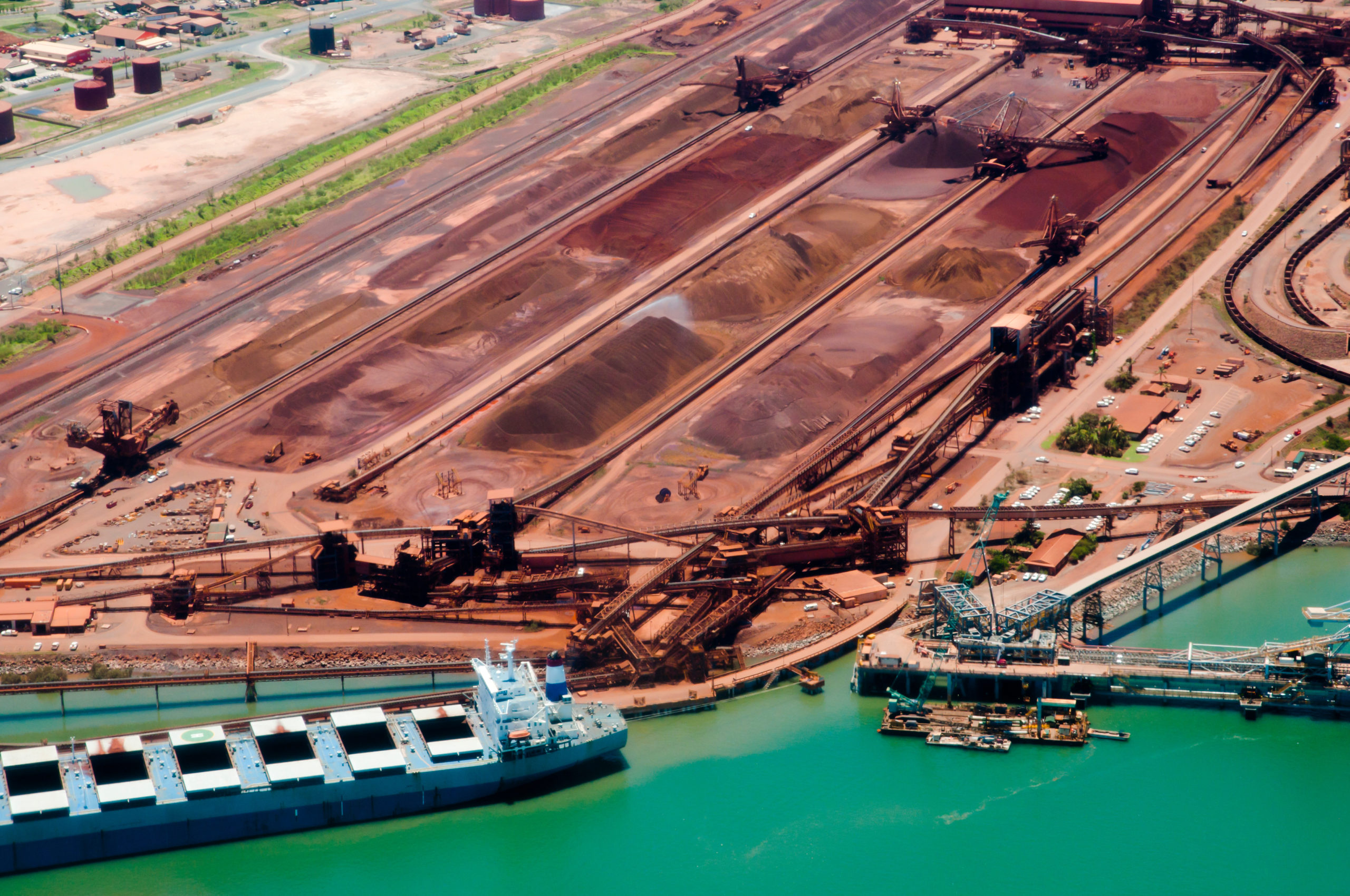Chile’s big copper producers cheer price spike; wary of costs

Mining firms in Chile, the world’s No.1 copper producer, are cheering a rally in the price of the red metal that hit a 10-year high this week, but warned that costs could rise as labor unions and vendors also try to cash in on the trend.
Benchmark copper on the London Metal Exchange climbed this week above $9,000 a tonne for the first time since 2011. Analysts said they were bullish that surging demand from the power and construction industries will overwhelm supply.
The price spike has prompted top financiers from JP Morgan to Goldman Sachs to predict a commodities “supercycle” similar to that of the early 2000s when demand boomed in emerging nations. A “supercycle” in commodity markets is a long boom in demand that drives up prices until they get so high that demand collapses, pulling prices down again.
Sky-rocketing prices are a welcome shot in the arm for Chile’s ailing coffers as the country looks to rebound after the coronavirus pandemic
“I wouldn’t call it a ‘supercycle’ but there are expectations that we will see about three years of good prices,” said Diego Hernández, president of Chile’s National Mining Society (Sonami), which represents the country’s top miners.
Chile’s state-owned Codelco, the world’s largest copper producer, called the latest price spike a “good opportunity” to generate cash for investments, but warned it could drive up costs from goods and service providers.
High copper prices could give unionized workers leverage ahead of upcoming labor negotiations. BHP’s Spence mine and Escondida, the world’s largest copper deposit, are set for negotiations this year as are Antofagasta’s Los Pelambres and Codelco’s flagship El Teniente mine.
“If negotiations get complex, this could lead to possible stoppages, hitting the copper supply,” said Alejandra Wood, Santiago-based head of the Center for Copper Studies (CESCO).
She added most firms were not likely to dramatically alter investment plans due to the rally, except perhaps fast-tracking some “marginal” projects.
“The challenge they face is not falling into the trap of thinking this scenario will be something long-term, and thus abandoning the discipline of maintaining costs low just to increase production,” she said.
Chile needs the revenue
Chile’s energy and mining minister Juan Carlos Jobet told Reuters that most major mining projects looked at long-term price forecasts, but said the recent spike may make some projects more attractive to investors.
“If this trend continues, we may see (more) interest in accelerating or executing investments,” Jobet said in a written statement in response to queries.
Sky-rocketing prices are a welcome shot in the arm for Chile’s ailing coffers as the country looks to rebound after the coronavirus pandemic and rolls out a costly vaccination drive, the fastest in the region.
The South American mining giant reaps an additional $60 million in taxes and royalties for every penny the copper price rises, according to official calculations.
The state-run Chilean Copper Commission, Cochilco, forecast in January that the metal would average $3.30 per pound in 2021 and said the jump to over $4 per pound does not “warrant extraordinary adjustments” to that prediction.
BanChile-Citi said in a recent analyst’s note it had raised its projection to $4 per pound this year and next, from a previous estimate of $3.40 in 2021 and $3.60 in 2022 previously.
Volatile prices
Felipe Román, president of the Chilean Mining Federation(FMC), which groups together large private sector unions, said the rising prices should nonetheless provide padding for miners to meet the needs of workers still reeling from the pandemic.
But, he said, it was still “risky” to speak of a supercycle that could lure miners into undertaking unsustainable projects.
Hernández, from Sonami, said the timing for the price spike was a helpful reminder of mining’s importance as Chile begins to undertake the process of drafting a new constitution – a process that large multi-national mining companies are closely watching.
“For us, the Chilean mining industry… I think it is a strong argument to continue to support mining and to assure adequate legal security,” he said.
Chile’s economy minister Rodrigo Cerda told reporters this week that the country should however remain cautious despite the rise as things could change.
“We know that the commodities in general, and the price of copper is one of them, is volatile,” he said.
(By Fabian Cambero and Dave Sherwood; Editing by Adam Jourdan and David Gregorio)
More News
{{ commodity.name }}
{{ post.title }}
{{ post.date }}




Comments